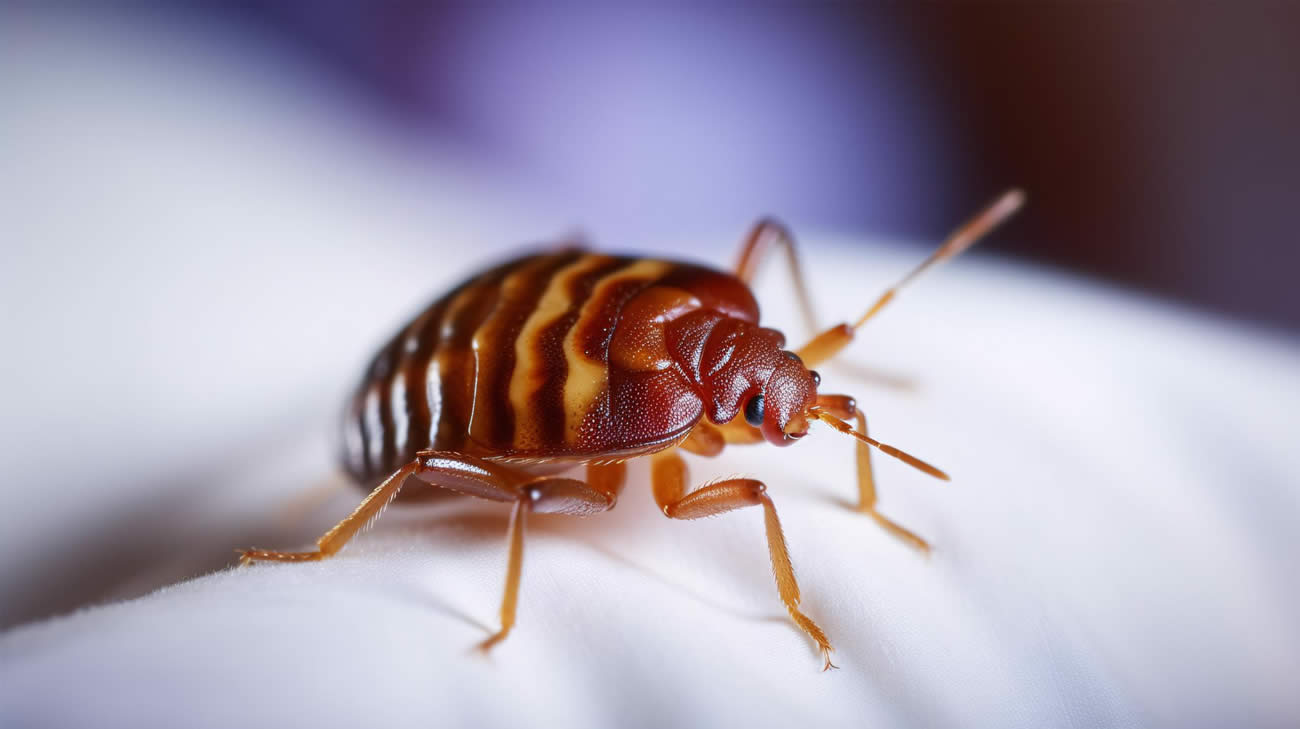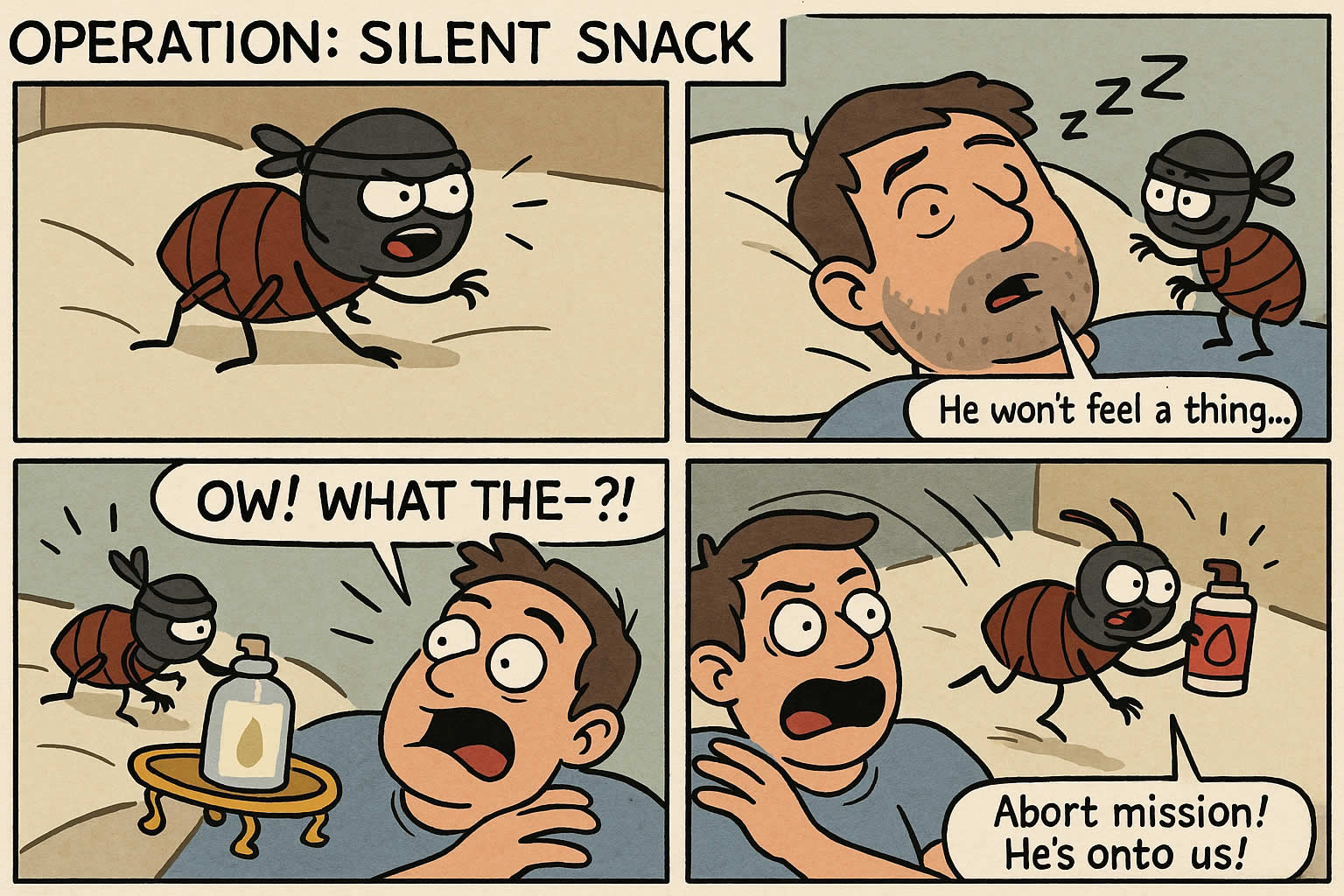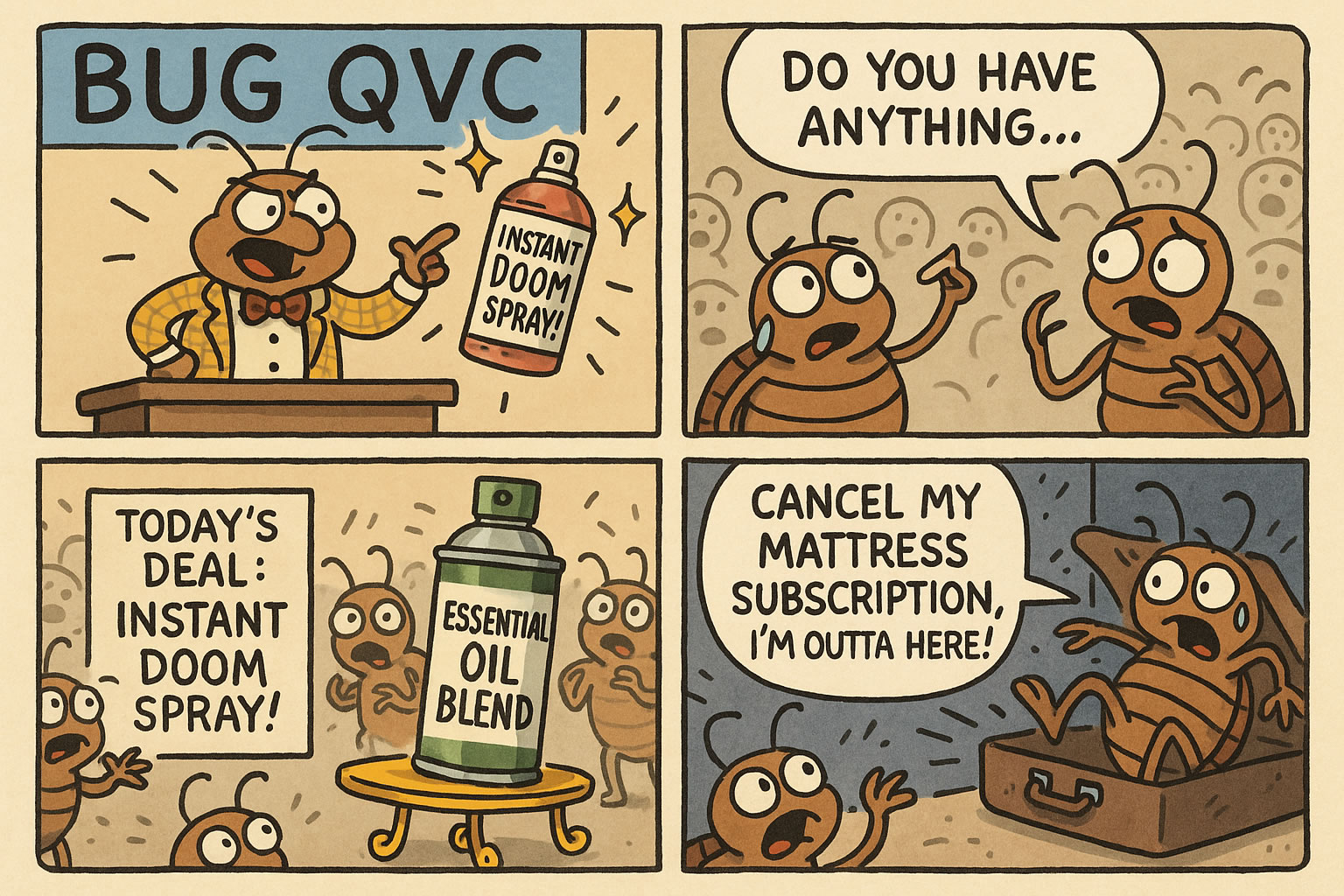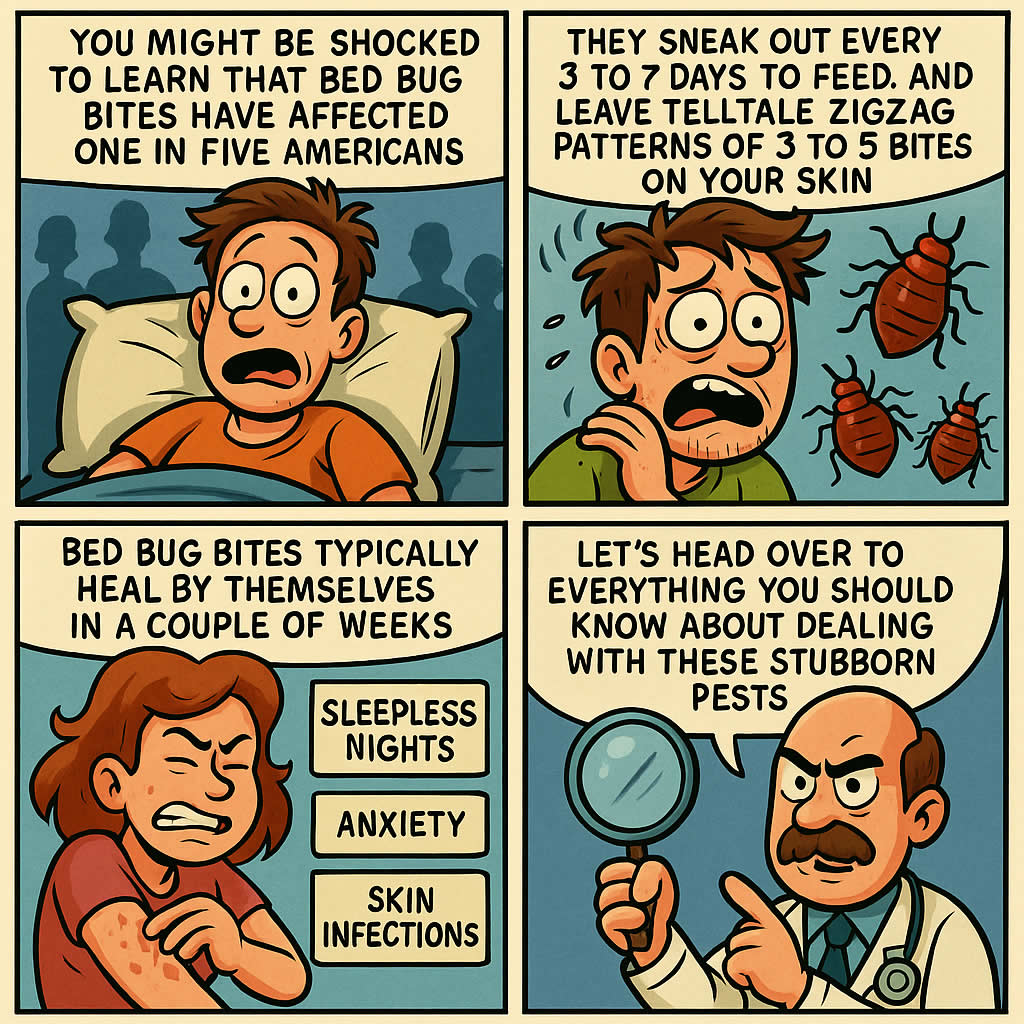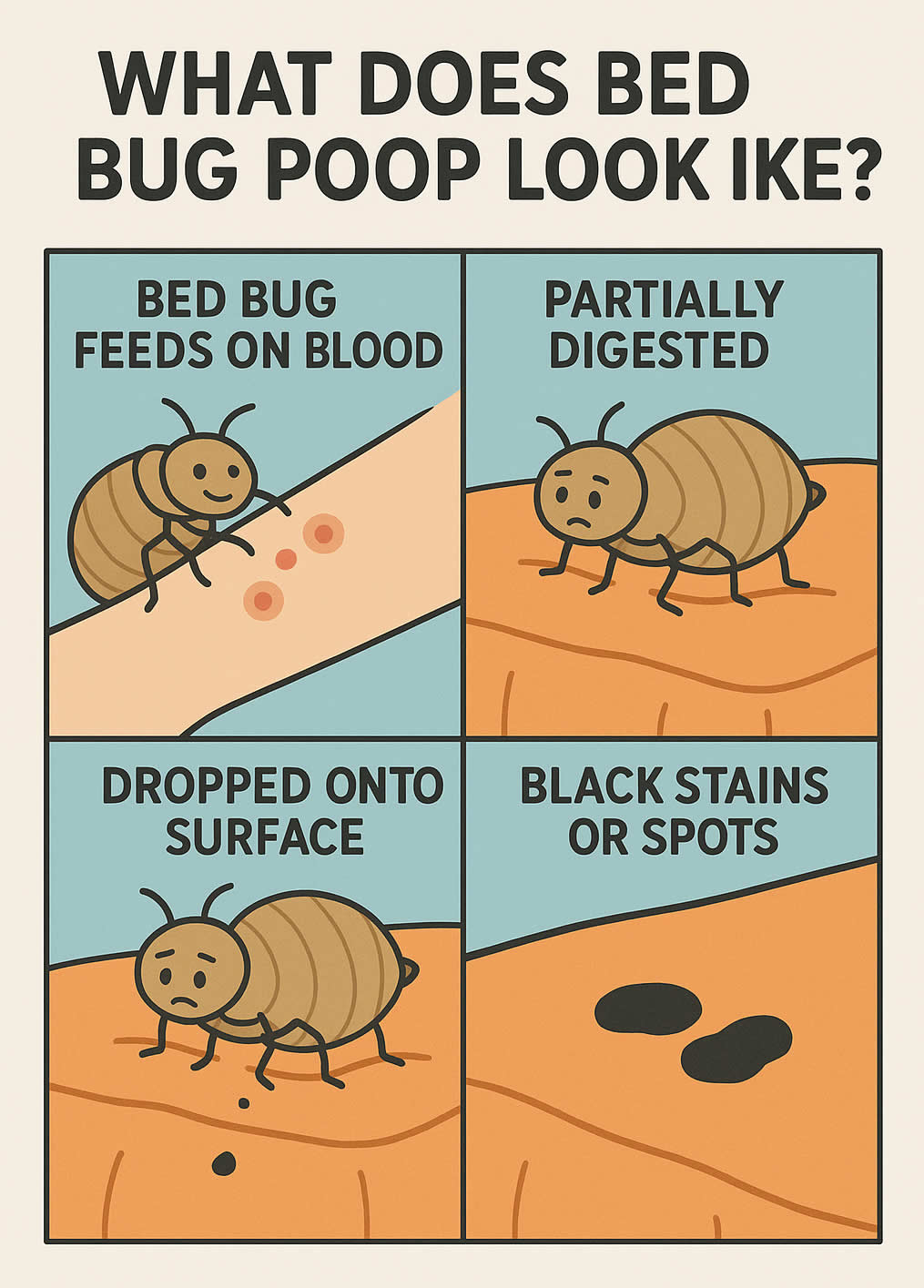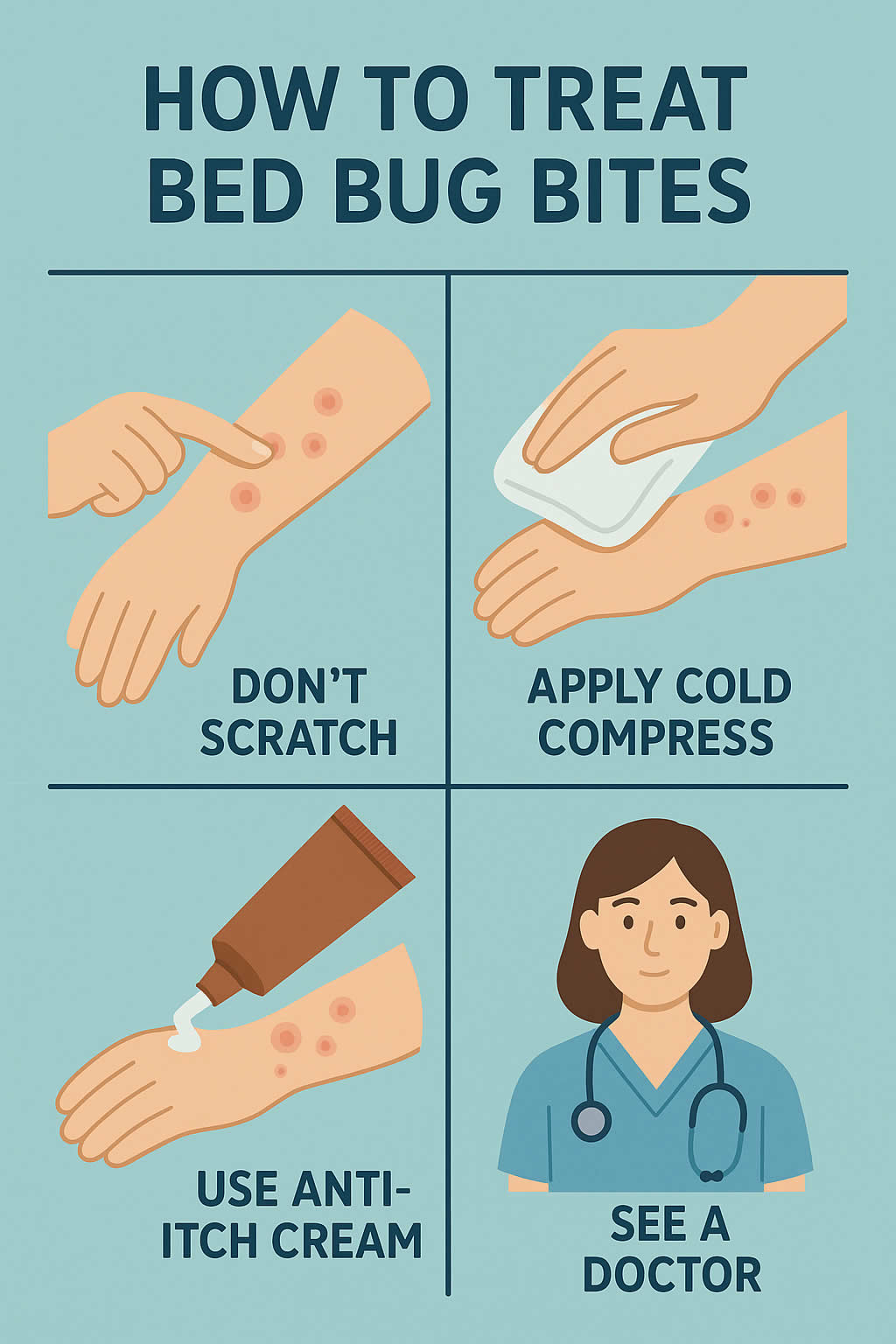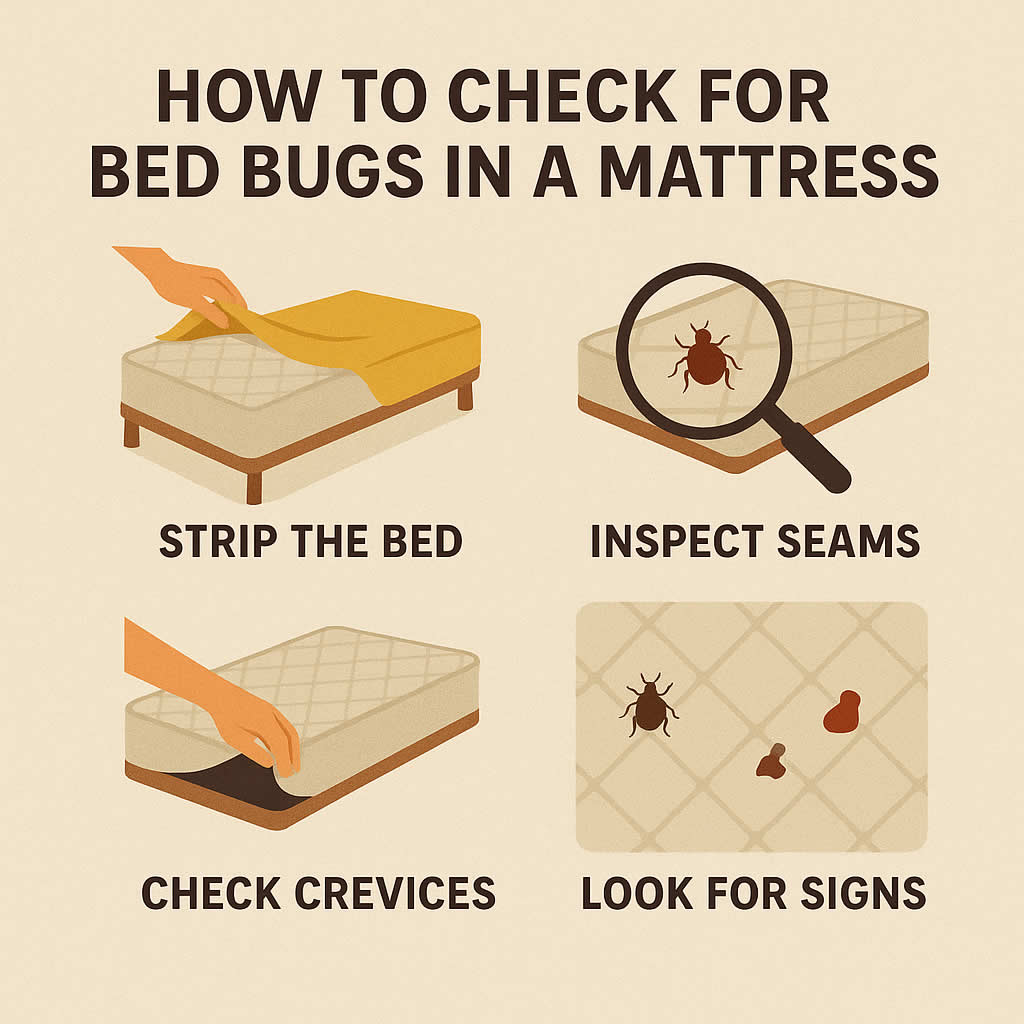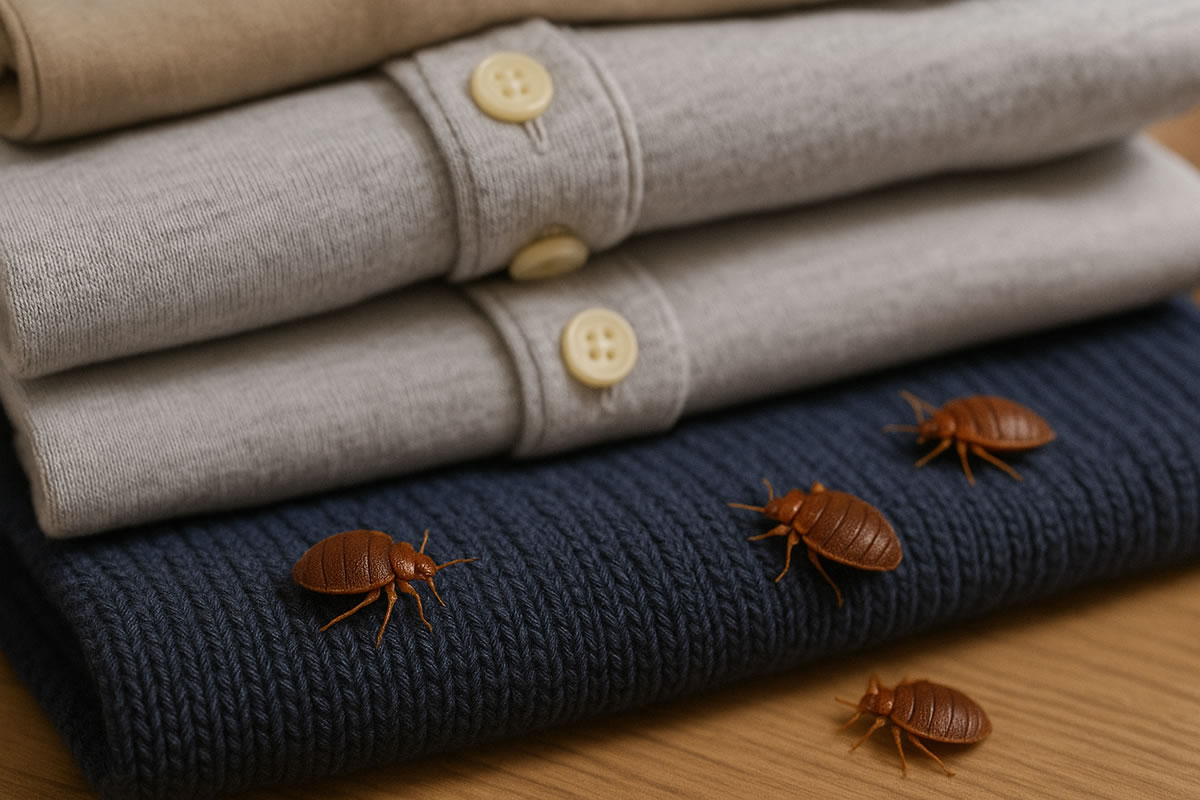Related Queries
ToggleIf you’ve ever experienced the nightmare of a bed bug infestation in your home, you know just how frustrating and unsettling it can be. These minuscule pests, known for their rapid reproduction and uncanny ability to hide, can make your life a living hell. But have you ever wondered where these pesky creatures come from and how they manage to infiltrate your beloved abode?
In this comprehensive blog post, we will delve deep into the sources and signs of bed bugs, equipping you with the knowledge you need to effectively prevent, detect, and eradicate these bothersome invaders. Stay tuned and gain valuable insights on how to protect your home sweet home from the clutches of these resilient pests!
Where Do Bed Bugs Come From?
Bed bugs, those notorious hitchhikers, are not picky when it comes to selecting their next unsuspecting host. Contrary to popular belief, these pesky pests do not confine themselves to dirty or cluttered environments alone.
They can infest even the most luxurious five-star hotels, student dormitories, and even hospitals. Their knack for survival lies in their adaptability to coexist wherever humans gather, making high-traffic areas such as hotels, airports, or public transport stations their ideal hunting grounds. So, it’s crucial to remain vigilant and take necessary precautions to prevent these unwelcome guests from infiltrating your personal spaces.
What Are the Signs of a Bed Bug Infestation?
Spotting and seeing bed bugs can be quite a challenge due to their minuscule size, approximately resembling an apple seed in both shape and dimensions. However, fear not, for there are some unmistakable signs that indicate an infestation, which you should be vigilant about. Keep an eye out for these telltale indications to ensure you catch any potential bed bug problems early on:
Bloodstains
Bed bugs, those sneaky little creatures, are nocturnal pests that have a peculiar feeding habit. They stealthily sneak out in the dead of night when their unsuspecting host is fast asleep and indulge in a blood feast. As a result, you might stumble upon small, telltale bloodstains adorning your once pristine sheets or pillowcases in the morning.
Insect Bites
Bed bugs, notorious for their nocturnal feeding habits, can leave their unfortunate victims with incessantly itchy bites. These bed bug bites, resembling a series of small red welts, tend to appear in a row or cluster on areas of exposed skin, including the arms, legs, neck, or back.
Faecal Spots
Bed bugs, those tiny nocturnal creatures, have a rather unpleasant habit of leaving behind dark brown or black marks on fabric surfaces. These unsightly marks resemble ink spots or even tiny flakes of pepper. You might find these marks on your bedding or furniture, acting as a telltale sign of their presence.
How to Prevent Bed Bug Infestations?
First, you need to know what a bed bug looks like. While it’s impossible to completely prevent bed bugs from hitching a ride on you or your belongings, there are several proactive steps you can take to minimise your risk and effectively avoid an infestation. One effective measure is to regularly inspect your bedding, furniture, and luggage for any signs of finding bed bugs, such as dark spots or shed exoskeletons. Then, you need to check for bed bugs.
Additionally, it is advisable to keep your belongings elevated off the floor and away from walls, as bed bugs tend to prefer hiding in cracks and crevices. Furthermore, washing and drying your clothes and bedding on high heat can help kill any potential bed bugs or eggs that may have made their way into your laundry. By implementing these precautionary measures, you can significantly reduce the likelihood of encountering a bed bug infestation.
Check Your Luggage
If you’re planning on travelling, it’s always a good idea to thoroughly inspect your luggage and clothing both before and after your trip. To ensure that your clothes are free from any unwanted pests or allergens, consider heat-treating them. This can be done by washing them in hot water, drying them on high heat, or even packing them in sealed plastic bags for added protection. Taking these extra precautions will help ensure a worry-free and comfortable travel experience.
Check Used Furniture
When purchasing used furniture, it is highly recommended to thoroughly inspect to try and find bed bugs before introducing it to your home. Take your time to examine the seams, crevices, and corners of the furniture for any indications of these pesky insects. Look out for tiny dark spots, shed skins, or even live bugs crawling around. By being vigilant and conducting a meticulous inspection, you can ensure a bug-free and comfortable addition to your living space.
Seal Cracks and Crevices
Bed bugs, those pesky little creatures, have a knack for hiding in the tiniest cracks and crevices within your home. It’s important to be thorough in your battle against them. Take the time to seal any gaps you find in wall coverings, furniture, and even around pipes or baseboards. By doing so, you’ll create a fortress against these unwanted house guests, ensuring a peaceful and bug-free environment.
Use Encasements for Your Mattress and Box Spring
To safeguard your sleep sanctuary, it is crucial to invest in high-quality mattress and box spring encasements specifically designed to effectively prevent the infiltration or escape of bed bugs. By opting for these specially crafted encasements, you can enjoy peace of mind knowing that your bed is fortified against these pesky pests.
Vacuum Regularly
To effectively eliminate any potential bed bugs or eggs that might have been transported indoors, it is recommended to diligently vacuum various surfaces such as floors, carpets, furniture, baseboards, and other areas on a regular basis. This thorough cleaning routine ensures a comprehensive removal of these unwanted pests, helping to maintain a clean and bug-free environment.
Contact a Professional Pest Control Company if you Suspect an Infestation. If you suspect a bed bug infestation, contact a professional pest control company immediately so they can inspect your home and take steps to treat the problem before it spreads.
Despite their tiny size, bed bugs can cause massive headaches for homeowners. By knowing the sources and signs of an infestation, you can take the necessary precautions to avoid these blood-sucking pests from entering your home. If you need help to get rid of bed bugs, it is always best to call a pest control professional who has experience in eliminating these insects effectively and safely. Remember, prevention is the best approach to deal with bed bugs, so take proactive measures to keep your home bed bug-free.
How Do You Get Bed Bugs?
Bed bugs are notorious for being excellent hitchhikers, effortlessly traversing from one location to another. These pesky insects possess an uncanny ability to hide in various nooks and crannies, making them formidable adversaries. You may encounter them in unexpected places such as mattresses, furniture crevices, luggage, clothing, and even electrical outlets. Their resourcefulness knows no bounds, making it crucial to remain vigilant and take necessary precautions to prevent their unwelcome presence.
- Used furniture: Bed bugs can easily hide in the cracks and crevices of used furniture, such as mattresses, box springs, couches, and chairs.
- Luggage: Bed bugs can hitch a ride in your luggage when you travel, especially if you stay in hotels or motels that have not been treated for bed bugs.
- Other belongings: Bed bugs can also be found in other belongings, such as purses, backpacks, and clothing.
Once bed bugs infiltrate your home, they possess a remarkable ability to propagate swiftly. These tiny pests can adeptly navigate their way from one room to another, utilizing their crawling prowess. Not only that, they exhibit the capability to traverse through minuscule openings such as cracks in walls, electrical outlets, and plumbing pipes, enabling them to proliferate with alarming ease.
Here are some tips to prevent bed bugs from getting into your home:
- Inspect used furniture carefully before bringing it into your home.
- Wash your bedding in hot water (at least 120 degrees Fahrenheit) and dry it on high heat.
- Vacuum your floors and furniture regularly.
- Be aware of bed bugs when you travel. Inspect your hotel room for signs of bed bugs before you unpack your belongings.
If you suspect that you may have bed bugs, it is crucial to reach out to a reputable pest control professional without delay. Bed bugs, notorious for their resilience, can be incredibly challenging to eradicate through DIY methods alone. Seeking the expertise of a trained specialist will ensure a thorough inspection and effective treatment, providing you with peace of mind and a bug-free environment. Don’t hesitate to take swift action when dealing with these pesky critters!
Pest Control Ravensden – Pest Control Bletsoe – Pest Control Roxton
